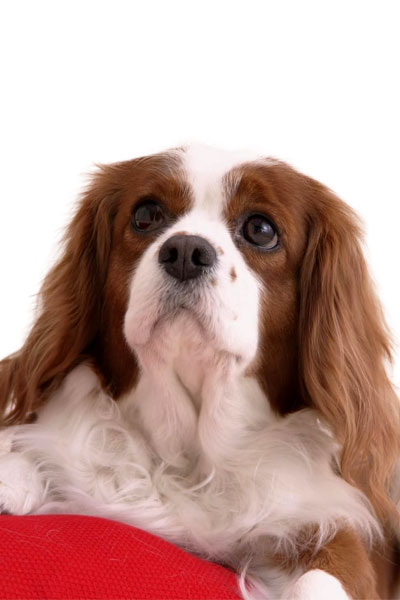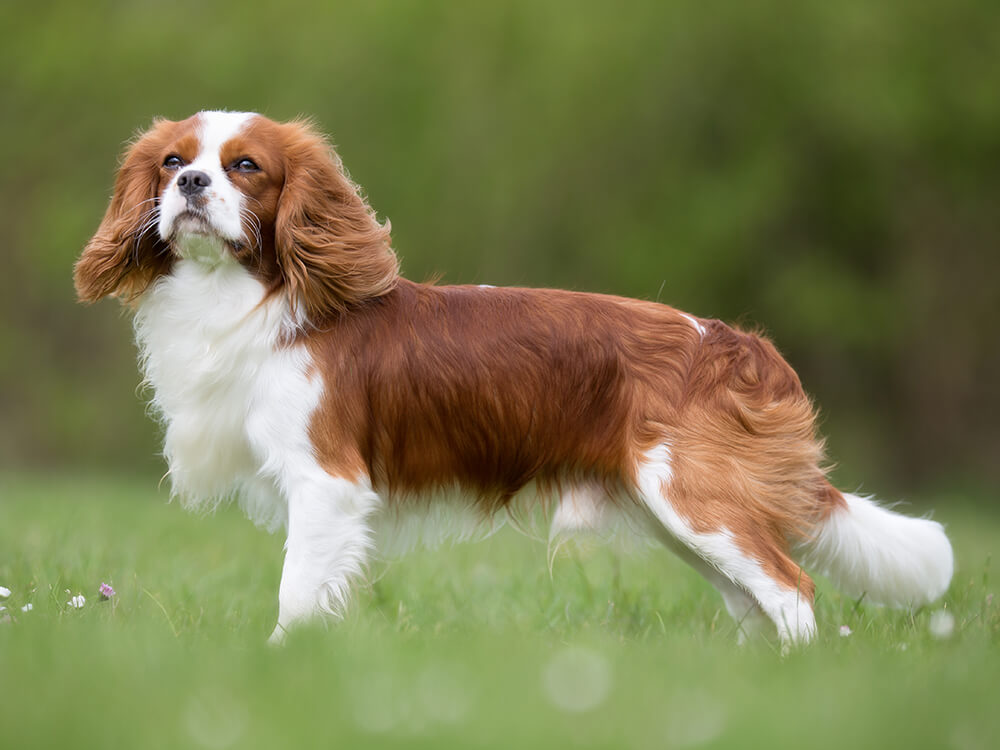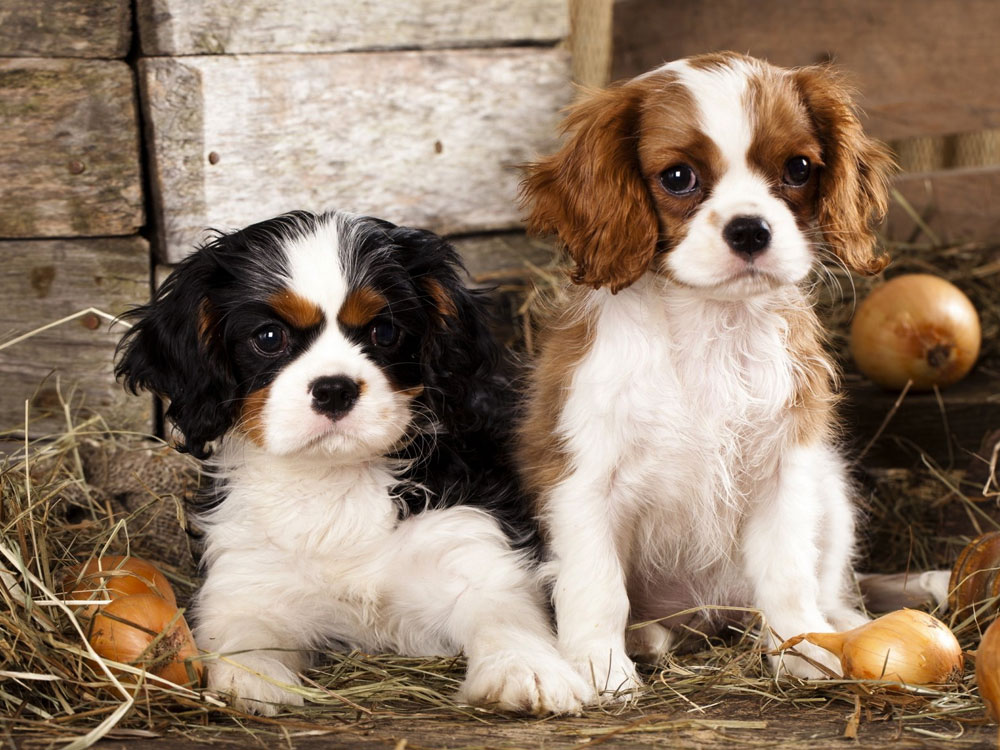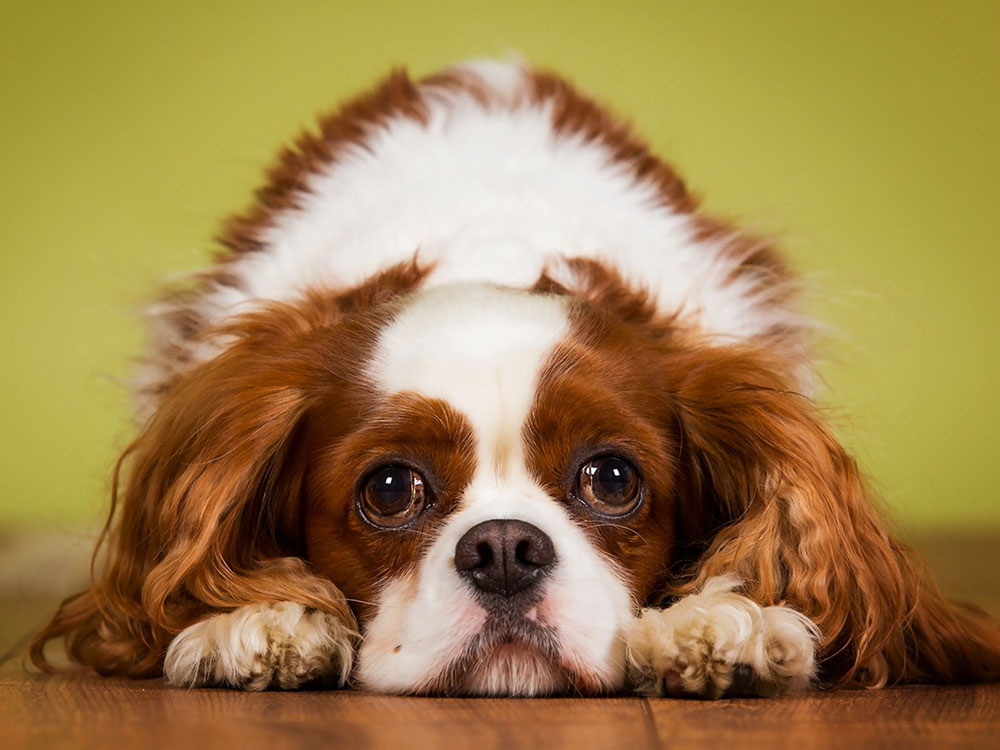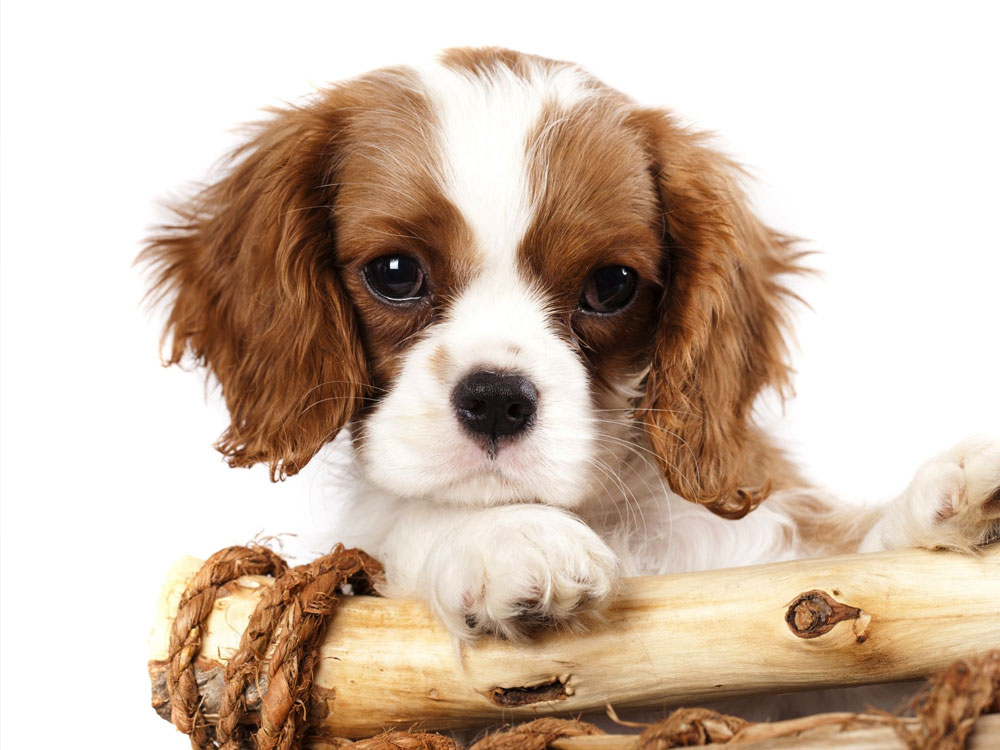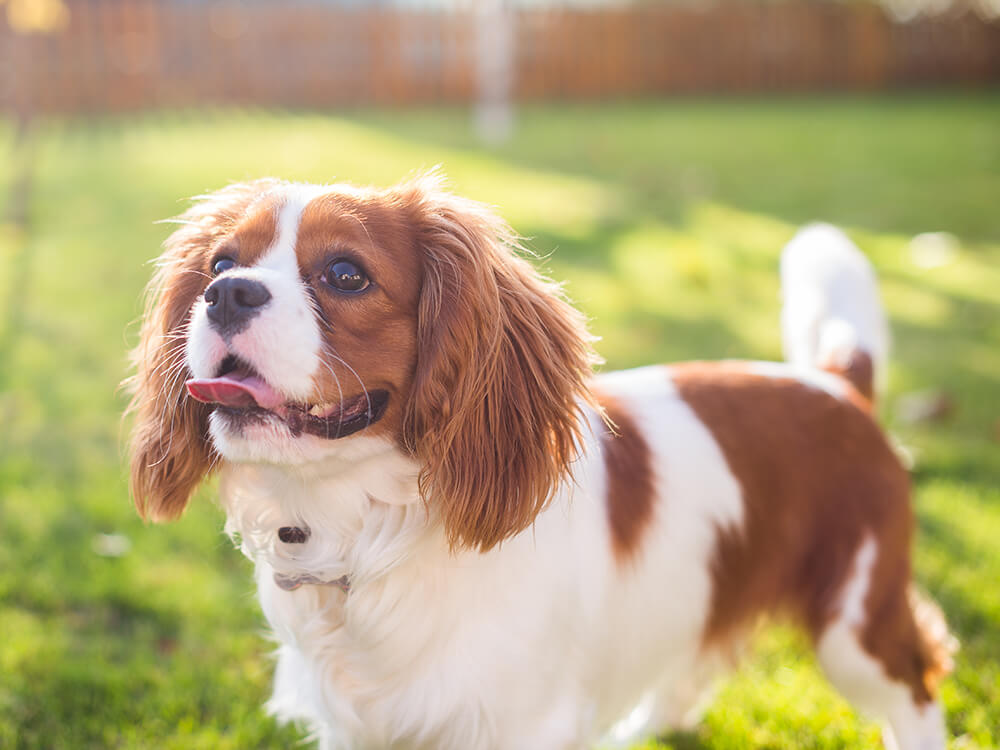
King Charles Spaniel Breed Pictures
Vital Breed Stats
| Height: | 30 - 33 cm M | 30 - 33 cm F |
| Weight: | 5 - 8 kg M | 5 - 8 kg F |
| Breed Group: | Pastoral Dog Group |
| Life Expectancy: | 13 - 15 years |
| KC Registered: | No |
Breed Characteristics
| Size: |  |
| Grooming: |  |
| Exercise Level: |  |
| Trainability: |  |
| Barking Level: |  |
| Good with Children: |  |
| Good with other pets: |  |
| Affectionate: |  |
| Protective: |  |
| Cost to Keep: |  |
Give a thumbs up if you love the King Charles Spaniel

0
More About the Breed
History
The King Charles Spaniel is one of the two Royal Spaniels, together with the Cavalier Charles Spaniel. The two breeds actually share a common history, having to do with the time when sporting spaniels were miniaturised. During the 1800s, the noble wanted spaniels to be bred as toy dogs and pampered and carried them with around. The breed was named after King Charles I, whose fondness for this breed was passed on to King Charles II. The Cavalier Charles and King Charles were previously shown as one breed and were only recognised as two distinct breeds under the Toy group in 1945.
However, records show that the Kings Charles has been around since the 1500s, comforting ladies of the court during the time of Elizabeth I. Apart from being comforters, these dogs were used as a hand and foot warmers. The dogs in the early days had different looks, highlighted by having longer muzzles. It is believed that the Cavalier Charles breed were crossed with the Springer Spaniel, the Japanese Chin and the Pug.
Because of the Second World War, the number of the King Charles significantly declined. Good thing breed enthusiasts were able to save the breed, providing the stock of modern King Charles Spaniels. At present, the breed remains less popular than its Cavalier cousin. In fact, only a few puppies are registered with The Kennel Club each year.
Appearance
The King Charles Spaniel is a refined dog with a compact and cobby body, weighing 8 to 14 pounds and standing 23 to 28 centimetres at the withers. This royal dog is often compared to its Cavalier Charles cousin but aside from the similarity of coat colours, they actually have varying breed standards. The first major difference is the distinctive dome-shape head of the King Charles. It has a well-defined stop, a wide and deep muzzle and a neat lower jaw with a slightly undershot jaw. It has large dark eyes that give off a kind and appealing expression. Its ears are long and well feathered, which are set low and hang neatly flat to its cheeks.
The coat of the King Charles Spaniel is silky, straight and long. While a slight wave is allowed, the coat should never be curly. Its ears, legs, and tails have profuse feathering but there are some dogs born with a naturally bobbed tail, which is also acceptable. According to KC standards, the accepted colours are the following:
- Black and tan with bright mahogany-tan
- Tricolour of ground pearly white with black and tan
- Blenheim composed of pearly white with chestnut-red patches
- Ruby
Grooming
Temperament
Intelligence
Unlike most spaniels, the King Charles is low energy so it can laze around in a small apartment as long as it is given enough exercise every day. It is people oriented and would gladly welcome visitors even those it does not know. Although it can alert you when there are people in the front door, it certainly is not a good watchdog or guard dog.
This breed is an intelligent dog and a people pleaser, making it easy to train. Although it is adaptable and receptive, it is important for owners to set the rules and follow them themselves. Because of its adorable face and small size, people tend to be lax and let bad behaviour slide.
Nutrition
- Senior and less active: up to 400 calories daily
- Typical adults: up to 450 calories daily
- Physically active/working dogs: up to 500 calories daily
Feeding
Health
Exercise
Cost of Ownership
Potential owners need to understand that expenses in dog ownership do not end in buying a puppy and dog food. It certainly involves more than these two. Allow us to give you an overview on the costs you will be facing in owning a King Charles Spaniel. First off, the price of buying a well-bred pedigree puppy does not go lower than £500 or £700. Insuring it will cost you around £25 and £45 a month for basic and lifetime pet insurance coverage, respectively.
Food and treats will be around £50 per month and initial equipment will take you back £200. Probably the most expensive cost will be veterinary care, which is very important in keeping your dog healthy. Routine check-ups, initial vaccinations, annual boosters, and neutering/spaying could cost your around £1,000 in a year. This does not include medical emergencies when your King Charles becomes sick or gets into an accident.
King Charles Spaniel Breed Highlights
- The King Charles Spaniel is an intelligent, gentle and endearing dog.
- It is perfect for first-time owners, families with children and the elderly.
- The King Charles is a people pleaser, making training very easy.
- It has high grooming needs, which will benefit from regular trips to the groomer’s.
- It is prone to quite a number of hereditary and congenital illnesses.
- This breed has low exercise needs.
